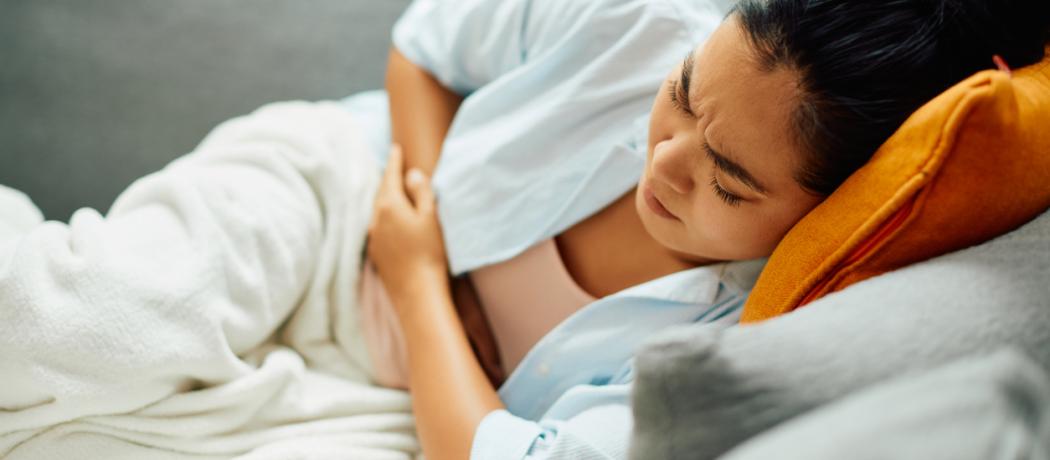Worldwide at any one time, some 300 million women experience menstrual periods and some vexation about related hygiene management. What brought this to my attention was a report in a recent issue of the Economist, “Not enough is known about the science of pads and tampons–Why more research into the safety of menstrual products is needed.”
Menstruation is the visible phase of the menstrual cycle. Menstrual fluid during a monthly “period” is about 30–40 mL in volume. About half the fluid is blood, containing a range of elements including sodium, calcium, phosphates, iron, and chloride. The fluid also contains cervical mucus, endometrial tissues, and vaginal secretions with various electrolytes, proteins, and water.
In the distant past, menstruation was not as common or regular for many women as it is now. Women reached menopause at a younger age, many women lived on a poor diet, many were underweight. Religious shame caused people to hide their periods, and cramps were often associated with divine punishment. Culturally held beliefs that menstruation was a shameful and unclean experience influenced the evolution of menstrual hygiene management. In some countries clean water and toilet facilities are still inadequate. Lack of effective sanitary products restricts involvement in educational and social activities.
In the time of Hippocrates and well into the fifth century, women used sea sponges or made tampons by wrapping bits of wood with lint or dry grasses. For several hundred years, rags were made into pads. By the mid-1800s, the sanitary apron was invented: a rubber apron with a strip running between the legs. Lister’s Towels came on the market in the early 1900s, but it was a commercial failure because women felt ashamed purchasing it. During the First World War nurses invented the early model of modern pads made of cellulose and acrylic cotton used for surgical bandages.
Women today use a variety of tampons, pantyliners, cups, special underwear, discs, or other hygienic products. Each of these devices may need changing several times a day over 4 to 6 days each month, so using 10 000 to 15 000 hygienic units during a life time would be usual.
There have been problems with most products. In 1980 some types of tampons were linked to toxic-shock syndrome. The skin of the vulva and the vaginal canal are the most sensitive surfaces, which may absorb chemicals into the blood stream. Asides from the toxic-shock syndrome, many have experienced rashes, cellulitis, and infections caused by disintegrating tampons. Skin sensitization might be caused by fragrances and adhesives. In spite of complaints, official reports from South Korea, France, and Sweden consider menstrual products as safe. Yet women in France were concerned about health risks, mainly in the use of tampons. Many Kenyans reported itching, burning, and rashes but noted significant improvements after changing products. The Economist report points out that in the US regulations were tightened to treat these products as medical devices, yet they are not manufactured in sterile environments, nor do the manufacturers test samples from the products. In the European Union, menstrual hygiene products are sold as uncategorized general products; in Japan they are described as “quasi-drugs.”
The Swedish Institute for Standards proposed creating a worldwide standard for menstrual products. Daye, a British firm, already introduced stringent standards for medical device makers. The Economist article concludes that not enough is known about the science of pads and tampons and puts the onus on scientists and public health agencies to find the answers. It does acknowledge the technical difficulties in developing tests for repeated vaginal exposure to various chemicals over long periods of time. As it is, without appropriate scientific data 300 million women have to hope that menstrual hygiene products are safe.
—George Szasz, CM, MD
Suggested reading
Ogunbiyi OF. Not enough is known about the science of pads and tampons. Economist. 14 December 2022. Accessed 4 January 2023. www.economist.com/science-and-technology/2022/12/14/not-enough-is-known-... (log in required).
SimpleHealth. The history of menstrual hygiene. Accessed 4 January 2023. www.simplehealth.com/blog/a-history-of-menstrual-hygiene.
Team KT. The history of periods: Medieval to modern menstruation. Kt by Knix. 23 May 2018. Accessed 4 January 2023. www.knixteen.com/blogs/the-rag/the-history-of-periods
Wikipedia. Menstruation. Accessed 4 January 2023. https://en.wikipedia.org/wiki/Menstruation.
Wikipedia. Menstrual hygiene management. Accessed 4 January 2023. https://en.wikipedia.org/wiki/Menstrual_hygiene_management.
This post has not been peer reviewed by the BCMJ Editorial Board.
 |
| This work is licensed under a Creative Commons Attribution-NonCommercial-NoDerivatives 4.0 International License. |

